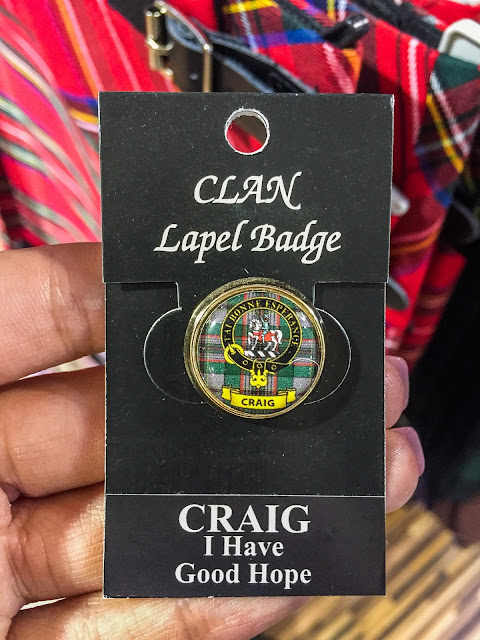Our first day on tour was spent touring two castles and a palace. My favorite was Stirling Castle. It was our first stop and it was beautiful. Stirling Castle, located in Stirling, is one of the largest and most important castles, both historically and architecturally, in Scotland. The castle sits atop Castle Hill, which forms part of the Stirling Sill geological formation. It is surrounded on three sides by steep cliffs, giving it a strong defensive position. Its strategic location, guarding what was, until the 1890s, the farthest downstream crossing of the River Forth, has made it an important fortification from the earliest times. Most of the principal buildings of the castle date from the fifteenth and sixteenth centuries. A few structures of the fourteenth century remain, while the outer defences fronting the town date from the early eighteenth century. Several Scottish Kings and Queens have been crowned at Stirling, including Mary, Queen of Scots, in 1542. There have been at least eight sieges of Stirling Castle, including several during the Wars of Scottish Independence, with the last being in 1746, when Bonnie Prince Charlie unsuccessfully tried to take the castle. Stirling Castle is a Scheduled Ancient Monument, and is now a tourist attraction managed by Historic Scotland.
The national animal of Scotland is the unicorn. The unicorn has been a Scottish heraldic symbol since the 12th century, when it was used on an early form of the Scottish coat of arms by William I. In Celtic mythology, the Unicorn of Scotland symbolized innocence and purity, healing powers, joy and even life itself, and was also seen as a symbol of masculinity and power. The unicorn emblem is all throughout the interior decor of the castle.

There were guides in period dress in each room to tell us a bit about the history of the castle and what life would have been like living there.
The magnificent Unicorn tapestries hanging in the Queen’s Inner Hall of the Palace were commissioned especially for Stirling Castle. They have been woven by hand, using techniques dating back to the 1400s. The tapestries are closely based on a set of seven held by the Metropolitan Museum of New York at its Cloisters Museum. The original tapestries were produced in the early 1500s in the Low Countries. Together the seven tapestries tell the story of a unicorn hunted and killed by a group of huntsmen and dogs. This can be read as both as an allegory of love, and as a Christian parable.
This tapestry has threads of gold woven into the fence!


























































